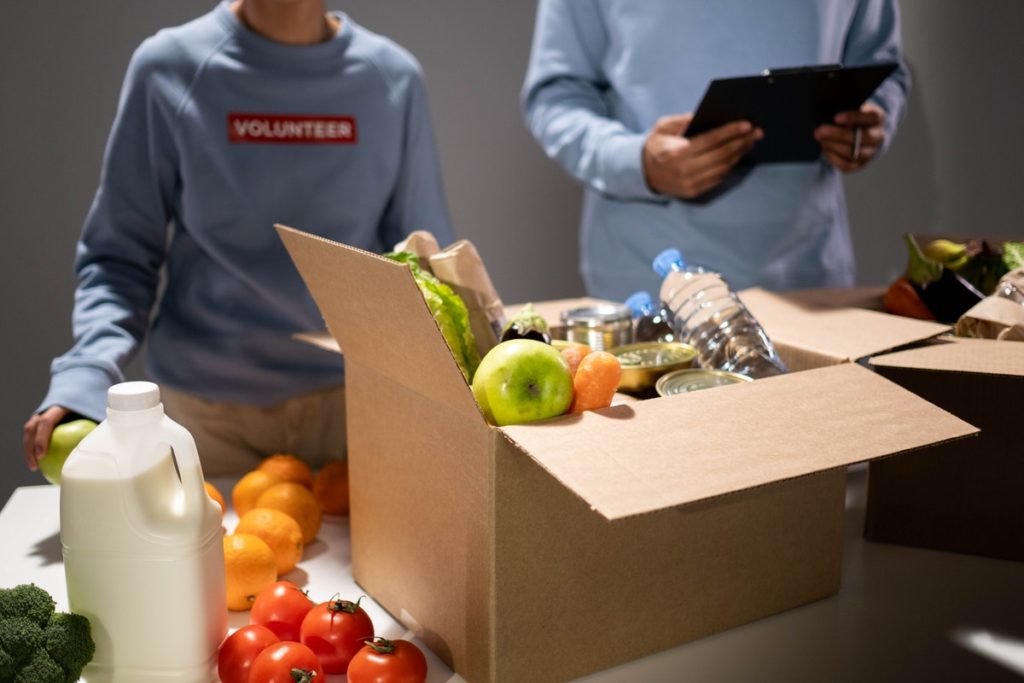Well-off kids and teens are privileged to enjoy their youth no matter the circumstance. No typhoon can force them to abandon their possessions and fend for themselves. An adult is always there to look out for them. If something happens to their parents, a relative or a guardian will immediately take their place. They’re unlike poor children, who have no choice but to raise their younger siblings because their parents are unavailable for various reasons.
If a poor child is studying, so many things can disrupt their education, most especially a typhoon. Many impoverished areas are prone to flash floods because they’re located in low-lying coastal areas. On the contrary, the most weather-related disruption a well-off pupil can experience in their education is perhaps a class suspension. The sturdy built of their schools won’t succumb to the strong winds and rains.
This big difference between privileged children and poor children can be used as an example to teach compassion to kids and teens. When a typhoon hits, we shouldn’t let them remain oblivious to the devastation happening outside the sturdy walls of their homes and schools. Kids and teens may seem too young to witness hunger and loss of shelter, but they’re brighter than we give them credit for. At their age, they can already develop compassion and the desire to volunteer.
That said, here are some activities that introduce disaster relief to kids and teens:
1. School Fundraising Event
School-based activities can help raise money or supplies for typhoon-struck communities. A donation drive, for example, allows kids and teens to give away some useful things that serve them no purpose anymore. If you wish to suggest this activity to a school, check with groups or agencies accepting donations first. Be sure they need the items the pupils and students will donate. Sometimes, groups and agencies receive so many types of the same donated item, prompting them to spend for extra storage or handling.
2. Volunteering at a Homeless Shelter or Animal Shelter
Volunteer activities at a homeless shelter are a powerful way to introduce the concept of compassion to kids. They may feel overwhelmed or distressed seeing people without a home, but that’s exactly how you ignite their desire to help. Volunteering at an animal shelter has the same power because it lets kids see what it’s like to be helpless. Next time a typhoon hits, you can expect a kid to think about the homeless people and animals first.
3. Community Events
Churches and local communities normally hold charitable activities after a typhoon. See which of them can use the participation of a kid or teen. You can also initiate the planning of a certain activity. For example, if you want to hold a clean-up drive for flood-stricken schools, talk to your church or community leaders. Offer to sponsor some of the supplies, such as high-quality rags in bulk, cleaning tools, or equipment. If you have a small business, you can also donate its proceeds to your church’s or community’s charity work.
4. Reading Books With Compassion Themes
You don’t need to wait for a typhoon to happen before teaching compassion to kids. Start by giving them books with compassion themes. Discuss the story, and let your kid ask questions about poverty and other economic issues. The more you talk about such topics, the greater the opportunities to practice in real life.
5. Birthdays Celebrated Through Volunteerism
If your teen has started to become interested in throwing parties, ask them if they’d ever considered volunteering for their birthday. Celebrities have done remarkable things for charity on their birthday. One of them was Emma Watson, who encouraged her fans to skip her birthday and instead donate to UNICEF’s charity fund. Your teen may not have the same scale of influence, let alone money like the Harry Potter stars, but if they can give whatever little they have, then you’ve successfully ingrained compassion in their heart.

6. Activism
A kid or teen doesn’t need to march in a rally to be an activist. They can simply use their social media to voice out their thoughts and feelings about a government’s response to a disaster. When an impoverished community continually suffers the effects of a typhoon, that might be a sign that the government can do better. Kids can write to senators, while teens can join social media discussions about disaster relief efforts.
For some of us, it’s easy to call out the poor for soiling the rivers and seas, but we can’t always fault them for such actions. Their living situations simply make it impossible for them to prioritize the environment. Plus, mega-corporations and governments are also the ones to blame for pollution issues, which trigger massive typhoons and floods.
So, as you teach compassion to kids and teens, also teach them the importance of demanding accountability. As they help, they should also let the poor know that they deserve better from the ones they call leaders.

